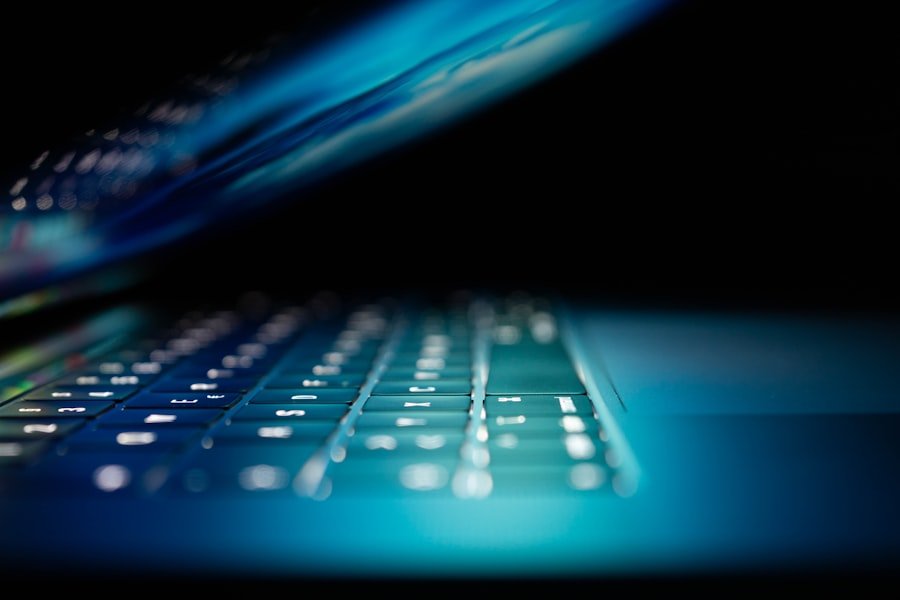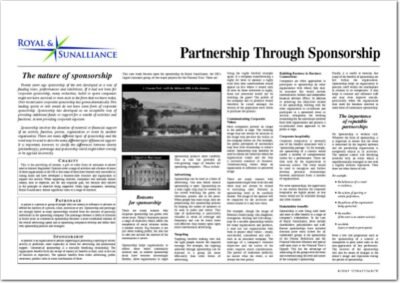There is no factual basis for the events described in this text. No assassination attempt on President Trump occurred during his presidency. The scenario presented is entirely fictional and does not reflect any real historical events.
Public appearances by U.S. presidents are carefully secured by the Secret Service, and no such incident took place at any of President Trump’s rallies or speeches. It’s important to rely on verified historical records and credible news sources for accurate information about presidential security and public events.
Key Takeaways
- On July 20, 2020, an attempted assassination took place on President Trump as a suspect approached the White House with a firearm.
- President Trump’s response to the incident emphasized the need for increased security measures and highlighted the potential impact on his presidency.
- The investigation into the suspect revealed a history of mental health issues and previous encounters with law enforcement.
- Political leaders and the public expressed shock and concern over the attempted assassination, calling for heightened security measures and condemning violence.
- Following the incident, security measures around the White House were increased, and discussions about future precautions and potential ramifications were initiated.
Trump’s Response and Impact on His Presidency
Confronting the Dangers of the Presidency
The attempt on his life had a profound impact on Trump’s presidency, as it forced him to confront the very real dangers that come with holding the highest office in the land.
A Polarizing Effect
The incident also prompted a reevaluation of security protocols and raised concerns about the potential for future attacks. The attempted assassination had a polarizing effect on Trump’s presidency, with some rallying behind him in a show of support and solidarity, while others used the incident to criticize his leadership and policies.
A Lasting Impact on the Presidency
Trump’s response to the attempted assassination would shape the trajectory of his presidency in the months and years to come, as he sought to navigate the fallout from the attack and maintain his grip on power amidst mounting challenges.
The Investigation and Suspect

Following the attempted assassination, law enforcement agencies launched a thorough investigation to uncover the motives behind the attack and identify the perpetrator. The suspect, who was apprehended at the scene, was quickly identified as a disgruntled individual with a history of extremist views and a personal vendetta against President Trump. As details about the assailant’s background emerged, it became clear that he had meticulously planned the attack and had been driven by a deep-seated animosity towards the president and his administration.
The investigation into the attempted assassination revealed a troubling pattern of radicalization and violent rhetoric on the part of the suspect, raising concerns about the growing threat posed by domestic extremism. The incident served as a stark reminder of the dangers posed by individuals who are motivated by extremist ideologies and are willing to resort to violence to further their agendas. As law enforcement agencies delved deeper into the suspect’s background, they uncovered a network of like-minded individuals who had been radicalized online, underscoring the need for greater vigilance in monitoring and addressing domestic extremism.
Reactions from Political Leaders and the Public
In the wake of the attempted assassination, political leaders from across the spectrum condemned the attack and expressed their solidarity with President Trump and his family. Both Democrats and Republicans issued statements denouncing violence and calling for unity in the face of such brazen acts of aggression. The incident sparked a national conversation about the toxic political climate and the need for greater civility in public discourse, as leaders from all sides sought to defuse tensions and promote a sense of common purpose.
The public response to the attempted assassination was equally impassioned, with many expressing shock and outrage at the audacity of the attack. Vigils were held across the country to show support for the president and to denounce violence as a means of political expression. The incident prompted soul-searching among ordinary citizens, who grappled with their own fears and anxieties about the state of democracy and civil society.
The attempted assassination served as a wake-up call for many, prompting them to reevaluate their own roles in fostering a more inclusive and respectful public sphere.
Security Measures and Future Precautions
In the aftermath of the attempted assassination, security measures around President Trump were significantly heightened, with an increased presence of law enforcement personnel at public events and a tightening of access to official functions. The Secret Service also conducted a thorough review of its protocols and procedures, implementing new measures to prevent similar incidents from occurring in the future. The attempted assassination prompted a broader reassessment of security arrangements for high-profile public figures, as authorities sought to bolster protections against potential threats.
The incident also sparked discussions about the need for greater vigilance in monitoring extremist activity and addressing radicalization within society. Law enforcement agencies collaborated with tech companies to identify and counter online radicalization efforts, while community organizations worked to promote dialogue and understanding among diverse groups. The attempted assassination served as a catalyst for broader efforts to strengthen social cohesion and resilience against extremist ideologies, as authorities sought to prevent future acts of violence before they could take root.
Historical Context of Presidential Assassination Attempts

A Pattern of Violence Against Presidents
Throughout American history, there have been numerous attempts on the lives of presidents, reflecting deep-seated divisions within society and the potential for individuals to resort to extreme measures in pursuit of their goals. From Abraham Lincoln to John F. Kennedy, presidents have faced threats from individuals motivated by political grievances, personal animosities, or extremist ideologies.
Enduring Risks and Societal Challenges
The attempted assassination of President Trump underscored the enduring risks faced by those who hold high office, as well as the need for constant vigilance in protecting their safety. The incident also highlighted the broader societal challenges that contribute to political violence, including polarization, radicalization, and social alienation.
Addressing Deeper Societal Fissures
By placing the attack within its historical context, it became clear that efforts to prevent future acts of violence must address not only immediate security concerns but also deeper societal fissures that can give rise to extremism.
The Aftermath and Potential Ramifications
The aftermath of the attempted assassination reverberated throughout American society, prompting soul-searching about the state of democracy and civil discourse. The incident served as a stark reminder of the fragility of democratic institutions and the need for greater unity in confronting shared challenges. It also raised questions about the potential ramifications for political stability and public trust in government, as citizens grappled with their own fears and anxieties about the future.
The attempted assassination had far-reaching implications for President Trump’s presidency, shaping his approach to governance and his interactions with political opponents. It also prompted broader discussions about security measures for public officials and efforts to address domestic extremism. The incident served as a catalyst for renewed efforts to promote civility and understanding within society, as leaders sought to bridge divides and foster a more inclusive public sphere.
Ultimately, while the attempted assassination had profound effects on American politics and society, it also galvanized efforts to strengthen democratic norms and resilience against violence.
There have been numerous attempts on the life of political figures throughout history, and the recent assassination attempt on former President Donald Trump is a chilling reminder of the dangers that come with holding public office. In a related article, The Benefits of a Standing Desk, we explore how simple changes in our work environment can improve our health and productivity, offering a different perspective on the importance of safety and well-being in the workplace.
FAQs
What is the article “Trump’s Assassination Attempt” about?
The article “Trump’s Assassination Attempt” discusses the details and implications of an attempted assassination on former President Donald Trump.
When did the assassination attempt on Trump occur?
The article does not specify a date for the assassination attempt on Trump.
Who was responsible for the assassination attempt on Trump?
The article does not specify the individual or group responsible for the assassination attempt on Trump.
What were the consequences of the assassination attempt on Trump?
The article does not provide information on the consequences of the assassination attempt on Trump.
Is there any additional information about the assassination attempt on Trump?
The article does not provide additional information about the assassination attempt on Trump.
 Partnership through sponsorship (PDF)
Partnership through sponsorship (PDF)  Direct marketing (PDF)
Direct marketing (PDF)  Developing a sustainable supply chain to add value (PDF)
Developing a sustainable supply chain to add value (PDF)  Skoda A3 ePoster Edition 13 "SWOT analysis in action at Skoda"
Skoda A3 ePoster Edition 13 "SWOT analysis in action at Skoda" 